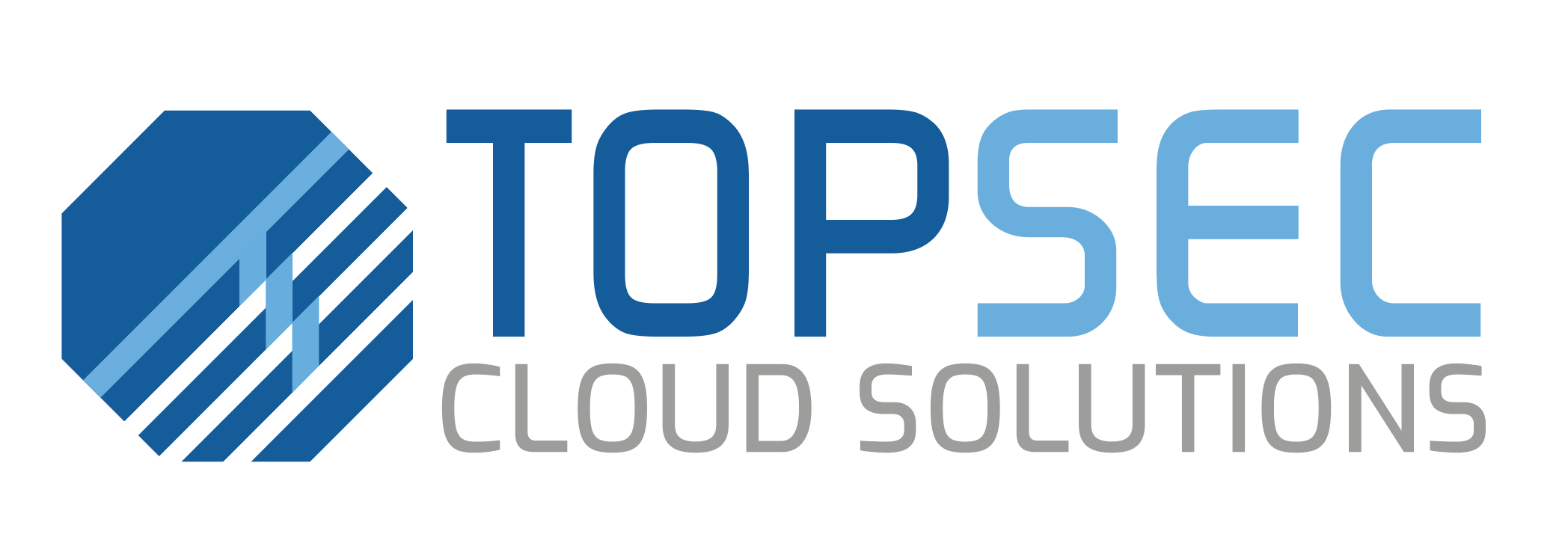Important Changes to NCSC’s Mail Check Program
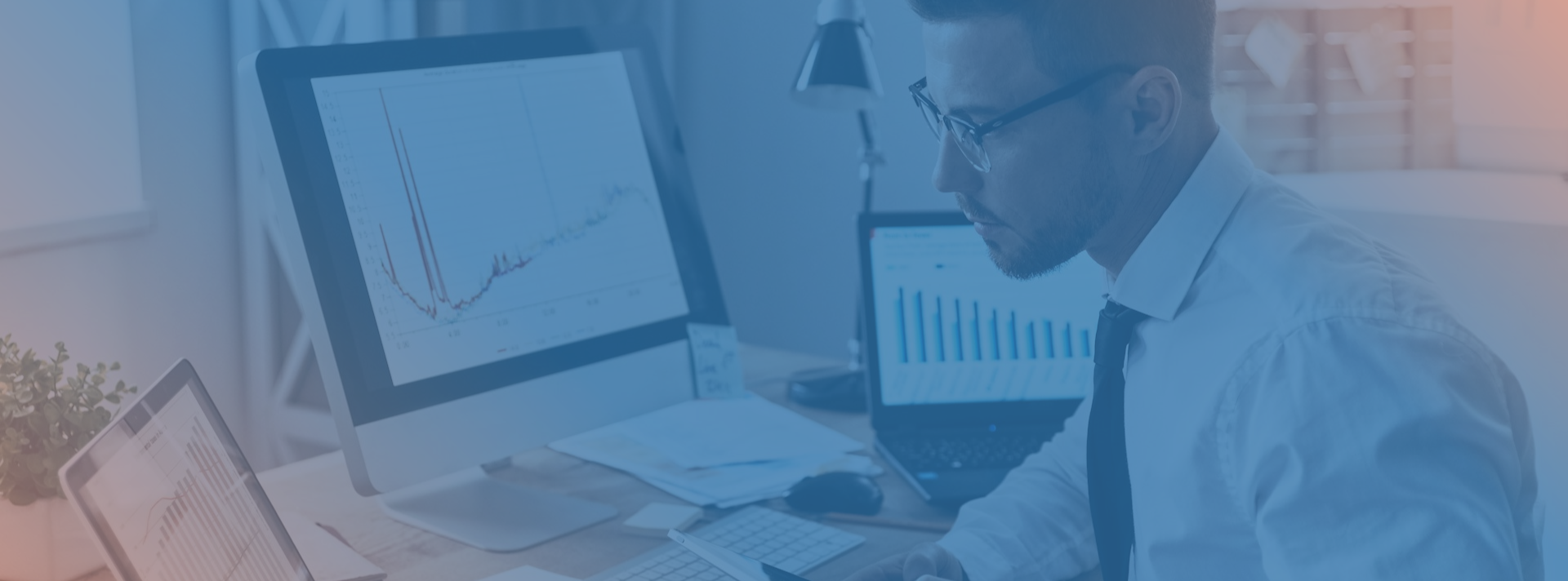
Starting March 24, 2025, the NCSC will discontinue DMARC (Domain-based Message Authentication, Reporting, and Conformance) Aggregate Reporting, DMARC Insights, and related TLS Reporting.
How DMARC Is Still Critical and Why Regular Monitoring is Essential
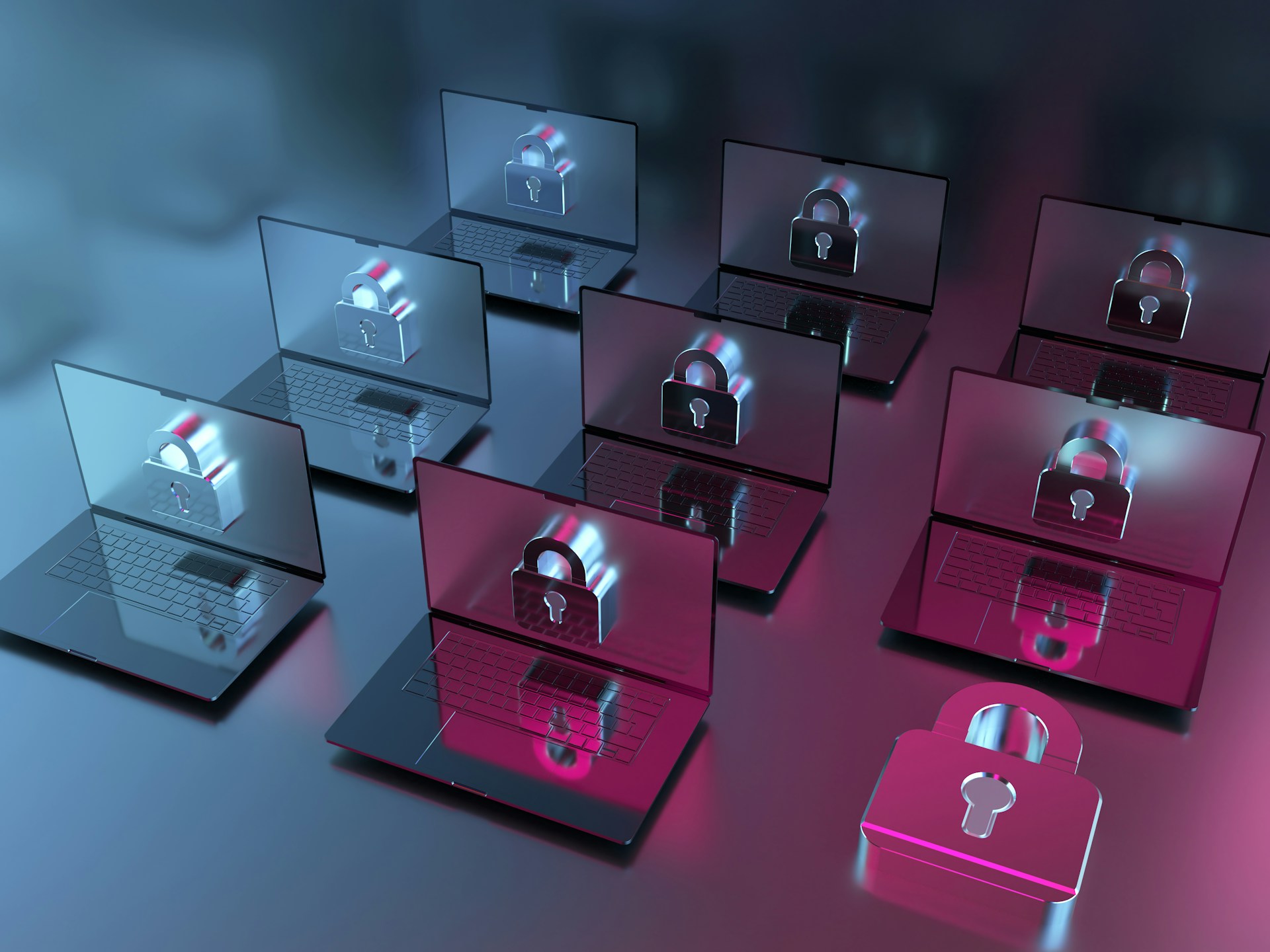
Learn why SPF, DKIM and DMARC are vital for email security, and why continuous monitoring is necessary to prevent phishing, spoofing, and email fraud.
DMARC is now compulsory, thanks to Yahoo and Google.
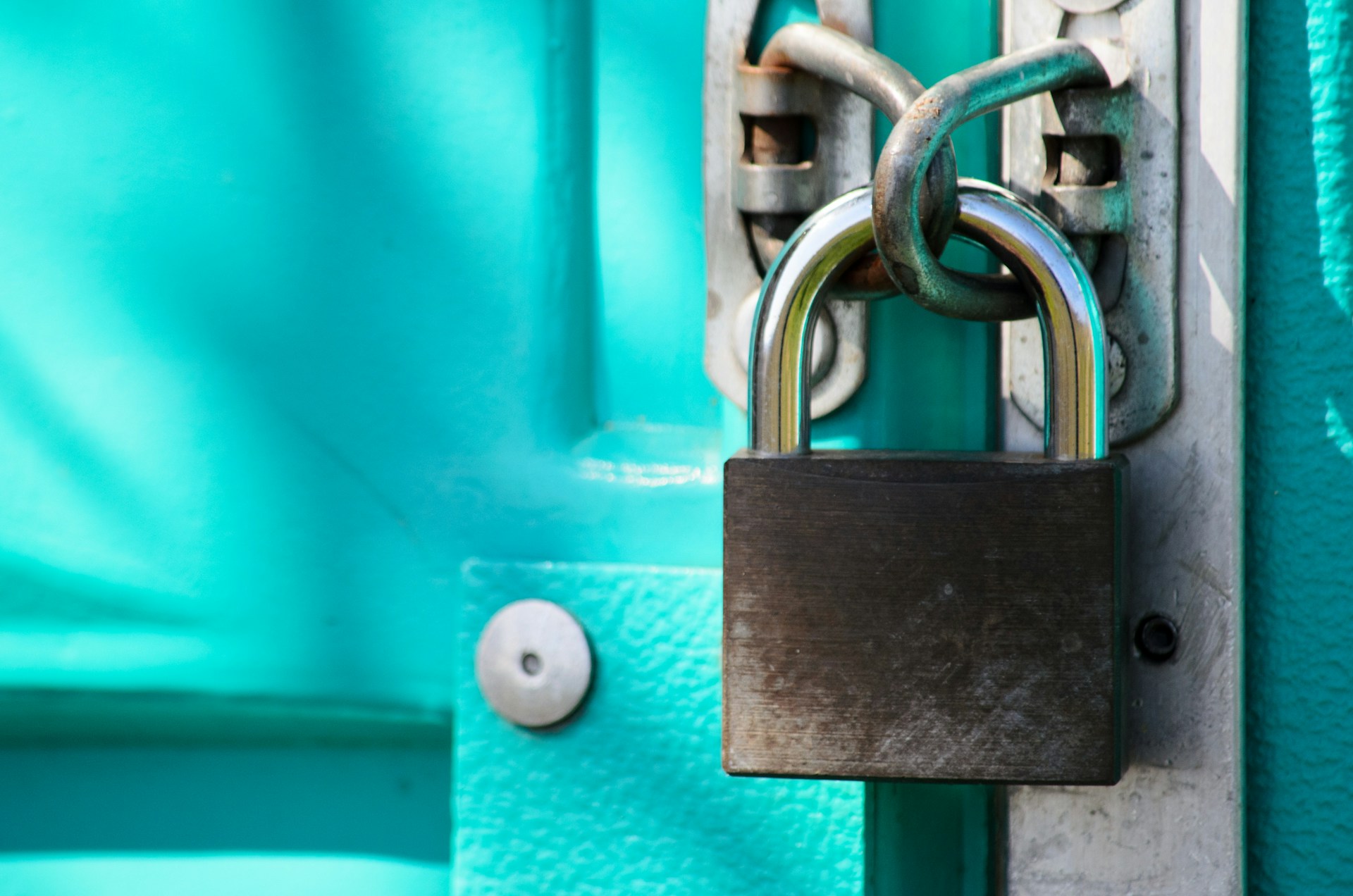
DMARC is now compulsory, thanks to Google and Yahoo. Email Security requires DMARC Protection. Get a Quote Download Datasheet Email Security > DMARC DMARC is now compulsory, thanks to Google and Yahoo. By Cian Fitzpatrick | 17th May 2024 Not the cool kid in town, and as old as the internet itself, email remains the most productive business tool. By the same token, it’s the most effective tool for cybercriminals. With this in mind, regulators have been focusing on email security in an attempt to curtail cybercrime. As methods became more sophisticated than simply poorly worded emails promising royal riches from secret vaults in places unknown, so too have security protocols and technology to halt the incoming onslaught. Proactive security solutions are the only way to protect organisations in this age where data is gold. DMARC is now a compliance issue Domain-based Message Authentication, Reporting, and Conformance, also known as DMARC, is a solution developed to be highly effective in email security. So much so that Google and Yahoo have implemented stringent DMARC regulations taking effect in February of this year for senders of 5000 or more messages per day. Email domains must have a DMARC policy in the DNS (Domain Name System) and messages must pass DMARC alignment, or they won’t be delivered to Yahoo and Gmail inboxes. This applies to messages sent on an organisation’s behalf through email service providers such as MailChimp. The DNS is the equivalent of the internet’s phonebook – remember those? We access websites through a name, but web browsers talk to each other through IP addresses, so the DNS essentially converts domain names to IP addresses. What’s DMARC? DMARC integrates SPF (Sender Policy Framework) and DKIM (DomainKeys Identified Mail) to verify an email’s authenticity. One of the biggest issues in recent security breaches has been that attackers can impersonate a domain, making an email look like it comes from someone, when it really comes from someone else (a fraudster). DMARC is a robust solution that makes sure to check that the email originates where it says it originates, and can then block phishing and impersonation attempts. DMARC relies on two key elements: SPF confirms the origin of an incoming email. And DKIM, which uses encryption to authenticate an email and prevent identity forgery. DMARC records instruct recipient servers on handling emails that fail authentication checks, either by quarantine or outright rejection. This may be flagged due to a difference between a supposed email sender and the actual email address. It’s a crucial layer of defence. In the old days, platforms like Google relied on filters to sieve out spammers and fraudsters. The filters were often so severe that legitimate emails would be blocked. Cyber security is always a fine line between keeping a system safe and minimising user discomfort. Get DMARC Compliant with Topsec today Get A Quote More than just compliance, it’s about trust. Google and Yahoo’s move to compel businesses to adopt DMARC is encouraging. On one hand, organisations are teaching their employees to have a healthy distrust of email. However, as a brand and organisation, you want those with whom you engage to trust your digital communications. By implementing solid security measures like those offered by Topsec Cloud Solutions, it’s an opportunity to strategically raise your brand profile as one that can be trusted. The DMARC initiative by Google and Yahoo isn’t purely about technology. The three pillars behind this strategy from a user’s perspective are that email will be authenticated in the background (as discussed above), it will be easy to unsubscribe from mailing lists, and emails cannot be spammy – they have to be wanted by recipients. This is a positive move for users and organisations, although it does mean that businesses may have to review their technology strategy if they send more than 5000 emails a day. The idea is to encourage and enhance trust in email communications and to proactively protect against fraud. For organisations that have yet to implement DMARC, it’s an opportunity to ensure the protocol is correctly executed, but it’s also as a confidence-building practice within and across organisations. There’s an element of brand reputation and integrity in all of this. Who doesn’t want to do business with an ethical organisation that looks after its assets and its clients’ assets? For marketing teams, it’s a chance to demonstrate outstanding values and a security-aware ethos. This is not just a technology issue. Once again, it’s highlighted that cybersecurity belongs to each stakeholder in the business. There’s also the compliance angle. Failure to comply will lead to delays in email delivery and possible rejection. The effect on brand reputation and trust in integrity will be significant. And that’s the best-case scenario. The possibility of a cyber attack becomes very real for organisations that don’t comply, or which implement DMARC incorrectly. These attacks have devastating financial and reputational consequences. It’s the responsibility of each organisation to secure their digital channels. Recovering from a phishing or spoofing attack is expensive, time-consuming, and incredibly stressful for stakeholders. Data and privacy breaches become a nightmare for everyone and the damage can be permanent, or at best, lengthy to repair. DMARC in practice. Both Google and Yahoo offer transparent error codes for each email rejection. The error codes are freely available and offer an explanation along with the numerical code, making it easy to understand why an email was blocked, and what action should be taken. Failures are generally either temporary or permanent. With 90% of all cyber attacks initiated through phishing, which is generally done via email, it’s understandable that the largest tech organisations are taking control. By forcing companies to protect themselves and their users, they’re helping to make the internet a safer place and combat cybercrime. This is and always will be a process, but organisations need to work together. And this is more than a security issue, it’s a chance to prove to clients that your organisation is taking security seriously. Our DMARC Protection
Enhancing Email Security with DMARC: A Must for Businesses in 2024

Navigating the New DMARC Landscape Google & Yahoo’s 2024 Regulations & Error Codes Get a Quote Download Datasheet Email Security >DMARC Navigating the New DMARC Landscape: Google & Yahoo’s 2024 Regulations It can seem strange to link Valentine’s Day with DMARC rules, but the month of love has something to tell us about how we treat our email recipients. And the two largest email platform providers in the world are driving this point home. As of February 2024, Google and Yahoo have implemented stringent DMARC (Domain-based Message Authentication, Reporting, and Conformance) regulations, significantly impacting how businesses handle email security. For years, Topsec Cloud Solutions has been at the forefront of guiding companies through all of their email security needs. We’re here to do the same with the latest rules. Follow the advice in this blog to ensure your firm is fully compliant with the DMARC requirements. By Cian Fitzpatrick | 14th February 2024 Understanding DMARC and Its Importance in Email Security What is DMARC? DMARC stands for Domain-based Message Authentication, Reporting, and Conformance. This protocol, integrating SPF (Sender Policy Framework) and DKIM (DomainKeys Identified Mail), is crucial in verifying email authenticity. In turn, ensuring an email really is from who it says it is from reduces the risk of cyber threats such as phishing and spoofing. Now we can see the Valentine’s link! Verifying your email authenticity is how you treat your email recipients well! The Mechanics of DMARC: SPF and DKIM The DMARC protocol hinges on two foundational elements: SPF, which confirms the origin of incoming emails. And DKIM, employing asymmetric encryption to authenticate emails and prevent identity forgery. The Impact of Google and Yahoo’s DMARC Rules on Businesses Adapting to the New Standards The recent mandate from Google and Yahoo necessitates businesses sending over 5,000 emails daily to adopt DMARC technology. This move is aimed at reinforcing trust in digital communications and safeguarding against electronic fraud. Therefore it’s safe to say that adopting DMARC rules in your own organisation is not only a compliance issue. It’s a strategic move towards strengthening your email integrity, fortifying your cyber threat defences and ultimately taking care of your brand’s reputation. In this era, where email communication forms the backbone of corporate communication, ensuring that emails are verified and trusted has never been more critical. Your emails are the vital conduit between you and your customers. For this reason, businesses must understand that DMARC implementation is more than a technical requirement. It’s a commitment to upholding the highest standards in digital communication. By aligning with these new standards, businesses can demonstrate their dedication to cybersecurity. This goes a long way to enhancing your reputation and building stronger relationships with clients who value security and reliability. Moreover, with the proliferation of sophisticated phishing attacks and email scams, DMARC acts as a frontline defence, ensuring that the emails businesses send and receive are legitimate and safe. Start your free dmarc trial today Start Trial The Consequences of Non-Compliance Failing to align with these standards could lead to significant communication barriers, as emails may be rejected by these platforms. This change underscores the importance of adopting DMARC not just for compliance but for enhancing digital security and maintaining corporate integrity. If your organisation doesn’t comply with these rules, email rejection will be just one of the consequences you face. You’ll also need to account for diminished brand reputation. It’s not difficult to see how customers and partners would lose trust in an organisation’s ability to secure its communication channels. In the worst-case scenario, businesses may find themselves vulnerable to cyber-attacks, including phishing and spoofing. The devastating consequences of these attacks, ranging from data breaches to financial losses, are frequently reported in the media. Moreover, non-compliance could also translate into legal challenges, especially for businesses in industries regulated for data protection and privacy. Therefore, it is imperative for organisations to understand that adhering to these new email security standards is not an option but a necessity. The proactive adoption of DMARC can serve as a badge of honour, showcasing a company’s commitment to security and modern best practices in digital communication. So there’s a marketing and business development win here too. Recognising Various Google & Yahoo Error codes Google and Yahoo will start rejecting a portion of email correspondence from users who don’t comply fully by the deadline in the coming months. You may receive particular error codes and messages if your emails are refused because they don’t follow these new guidelines. These codes are useful bits of information that can help you solve the problems; they are not just arbitrary strings of characters and numbers. Google Error Codes Google offers transparent explanations for each email rejection. These are a few of the error codes that you can see if you don’t follow Google’s guidelines for senders. 550, “5.7.26” Unauthenticated email from domain-name is not accepted due to domain’s DMARC policy. Please contact the administrator of domain-name domain. If this was a legitimate mail please visit Control unauthenticated mail from your domain to learn about the DMARC initiative. If the messages are valid and aren’t spam, contact the administrator of the receiving mail server to determine why your outgoing messages don’t pass authentication checks. 550, “5.7.26” This message does not have authentication information or fails to pass authentication checks (SPF or DKIM). To best protect our users from spam, the message has been blocked. 550, “5.7.26” This message fails to pass SPF checks for an SPF record with a hard fail policy (-all). To best protect our users from spam and phishing, the message has been blocked. 550, “5.7.1” The IP you’re using to send mail is not authorized to send email directly to our servers. This usually happens when the IP address used has been blacklisted. You can access the full list of Googles error codes here. Yahoo Error Codes The error codes you’ll encounter due to non-compliance with Yahoo’s sender requirements are 5xx (553 and 554). Here’s what receiving these error codes indicates: Authentication failures Your email failed one or more authentication checks
What is a DMARC Record?
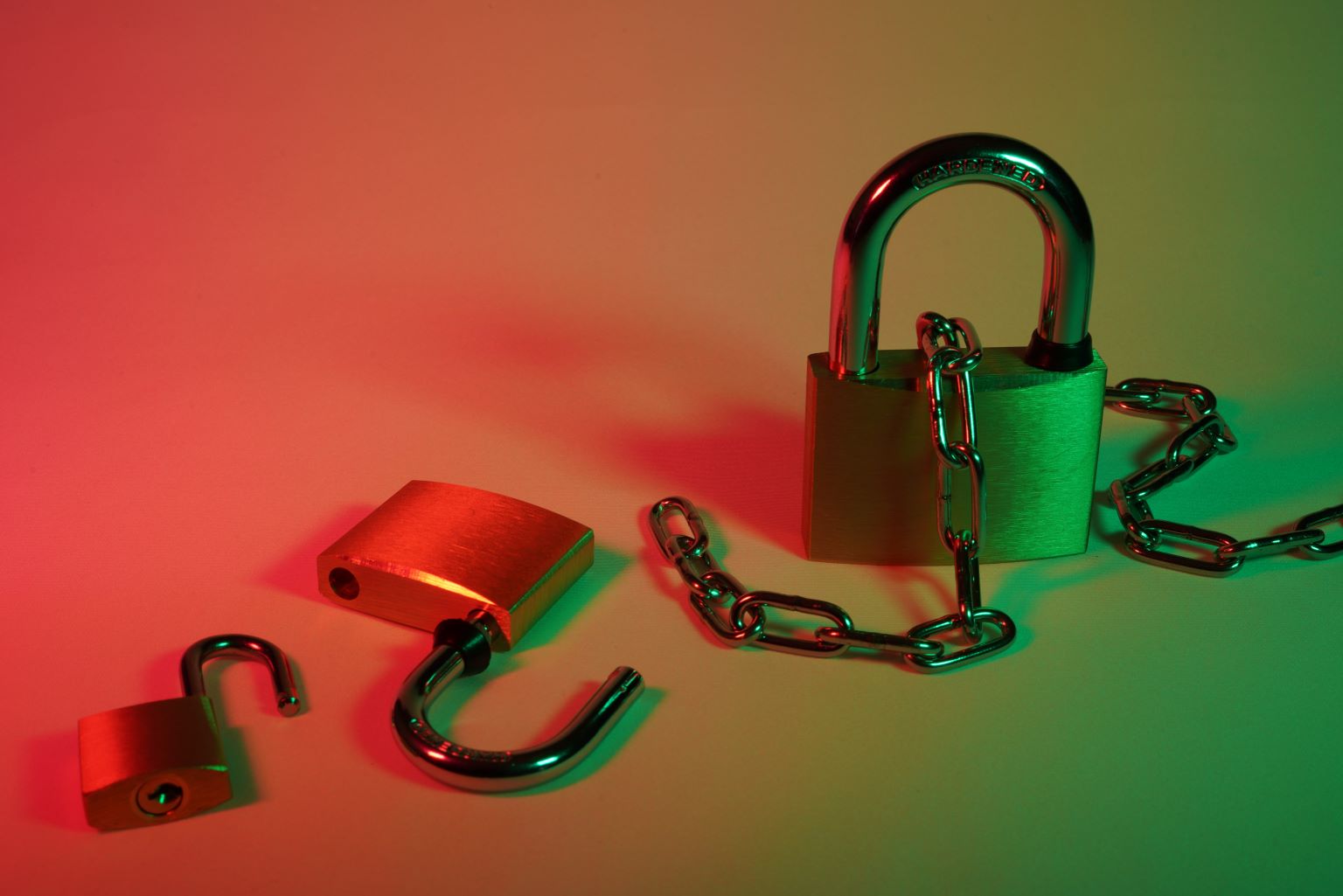
What is A DMARC Record? Know the components of a DMARC record and it’s importance Get a Quote Download Datasheet Email Security > DMARC What is a DMARC Record? In today’s digital landscape, implementing DMARC records to tackle the rising threat of cyberattacks is of utmost importance. These attacks jeopardise sensitive information and put entities interacting with your company at risk. However, you can eradicate this risk by implementing the DMARC record. These records act as robust shields, instructing recipient servers on handling emails that fail authentication checks. By quarantining or rejecting suspicious emails, it provides a much-needed layer of defence. By Cian Fitzpatrick | 16th November, 2023 What is the Purpose of a DMARC Record? A DMARC record has two main purposes. They are: Instruct the recipient server It guides the recipient server on what to do if the email fails authentication checks like: Reject the message Quarantine the message Allow the message to continue the delivery 2. Send the reports Reports are sent to the email address mentioned in the DMARC record about all email activities associated with the domain. What does a DMARC Record Look Like? Creating a DMARC record ensures servers can distinguish between legitimate and fake emails. As a result, it protects against various security threats, such as phishing, spoofing, and spamming. Before getting started, we need to learn about DMARC TXT Record tags. Tags Meaning V It represents the protocol version. For example, v=DMARC1 pct It is the percentage of messages subjected to filtering. It ranges from 0 to 100. ruf It indicates the reporting URL for forensic reports. rua It indicates the reporting URL for aggregate reports p It is the policy for the organisational domain. It includes three types of policy. “p=none”“p=quarantine” “p=reject” sp Policy for a subdomain of the organisational domain. adkim Alignment mode for DKIM. aspf Alignment mode for SPF fo Get email samples for messages that fail SPF and DKIM. You can choose four values; “0” if SPF and DKIM fail (Default) “1” if SPF or DKIM fails “d” DKIM failure “S” SPF failure Try our 7 day free DMARC trial now Sign Up Now What DMARC Record Looks Like? Typically, DMARC records consist of plain text, a list of DMARC tags segregated by semicolons. It consists of atleast three components, but you can add other optional tags as per need. It’s necessary to place “v” and “p” tags at the beginning; other tags can follow any order. To get in-depth insight, let’s break down the example of a DMARC record and learn it piece by piece. “v=DMARC1; p=none; rua=mailto:dmarc@yourdomain.com” We have three mandatory tags, v, p and rua, with the values DMARC1, none and mailto:dmarc@yourdomain.com. The v tag indicates the version of DMARC. The p tag is the policy that indicates what action the receiver should take if the message fails the authentication checks. The rua tag sends aggregate reports to a specified email. The prefix mailto: should be added before writing an email address. Based on specific requirements or needs, you can use other tags like pct, ruf, fo, etc. DMARC Policy: If your message fails the authentication check, you can specify what actions to take in the policy(p) tag. There are 3 types of policy you can choose from: Monitoring Policy (“p=none“) This policy doesn’t give any protection. But emails are constantly monitored. Generally, during the initial implementation process of DMARC, emails are monitored. Gradually, it is upgraded to quarantine and finally reaches the reject stage. Quarantine Policy(“p=quarantine”) It places emails that fail authentication checks in the spam or quarantine folder. Reject policy (“p=reject“) It immediately rejects emails that fail the authentication check. It protects against fraudulent mail by not giving a single chance to reach the recipient’s email. Why are DMARC Records Important? DMARC has grown from a mere option to the absolute necessity for email security and protection against cyber attacks such as email spoofing and phishing attacks. With the surge in technology, the threat actors have come up with new sophisticated techniques to steal company identity and deceive customers and employees. By implementing DMARC, you’re defending against constantly lurking threats. Improved Email Delivery Performance Even your legitimate emails may fail to reach the recipient server’s inbox. To amend this, you can use the DMARC record, which helps to identify and fix any authentication issues. As a result, email delivery performance is enhanced. Reduced Phishing and Spoofing Attacks It is a primary defence against cyberattacks like phishing, spoofing, and identity theft. In addition, it helps domain owners prevent unauthorised parties from sending emails on their behalf. It protects not only the company but also the customers associated with it. Enhanced Brand Protection and Reputation Building a brand doesn’t happen overnight, yet a single mistake can cause your brand to crumble like a chain of falling dominoes. Not only will your company suffer, you’ll likely lose hard-earned loyal customers. In addition to that, your reputation will take a direct hit, and sometimes, it’s impossible to build your reputation the way it was. DMARC record prevents bad actors from impersonating your brand’s domain. It ensures that your employees and customers get only legitimate emails. Furthermore, it will enhance your credibility as a brand that prioritises protecting your customers’ interests. Increased Visibility into Email Sending Behaviour The DMARC record provides ongoing data about the use of your domain, and it also aids in identifying threat actors that impersonate your domain. Moreover, the reporting mechanism of DMARC will instantly recognise if someone is misusing your domain. More Control Over How Your Domain is Used Implementing DMARC records in your domain’s DNS enables you to gather information about the entities sending emails on your behalf. DMARC record eradicates this risk and prevents your domain from being used for malicious purposes. Learn how you can be DMARC compliant Contact Us How Does a DMARC Record Work? Before publishing the DMARC record, it’s essential to implement DKIM and SPF protocols. Combining these three
Navigating New DMARC Email Authentication Rules for High-Volume Senders
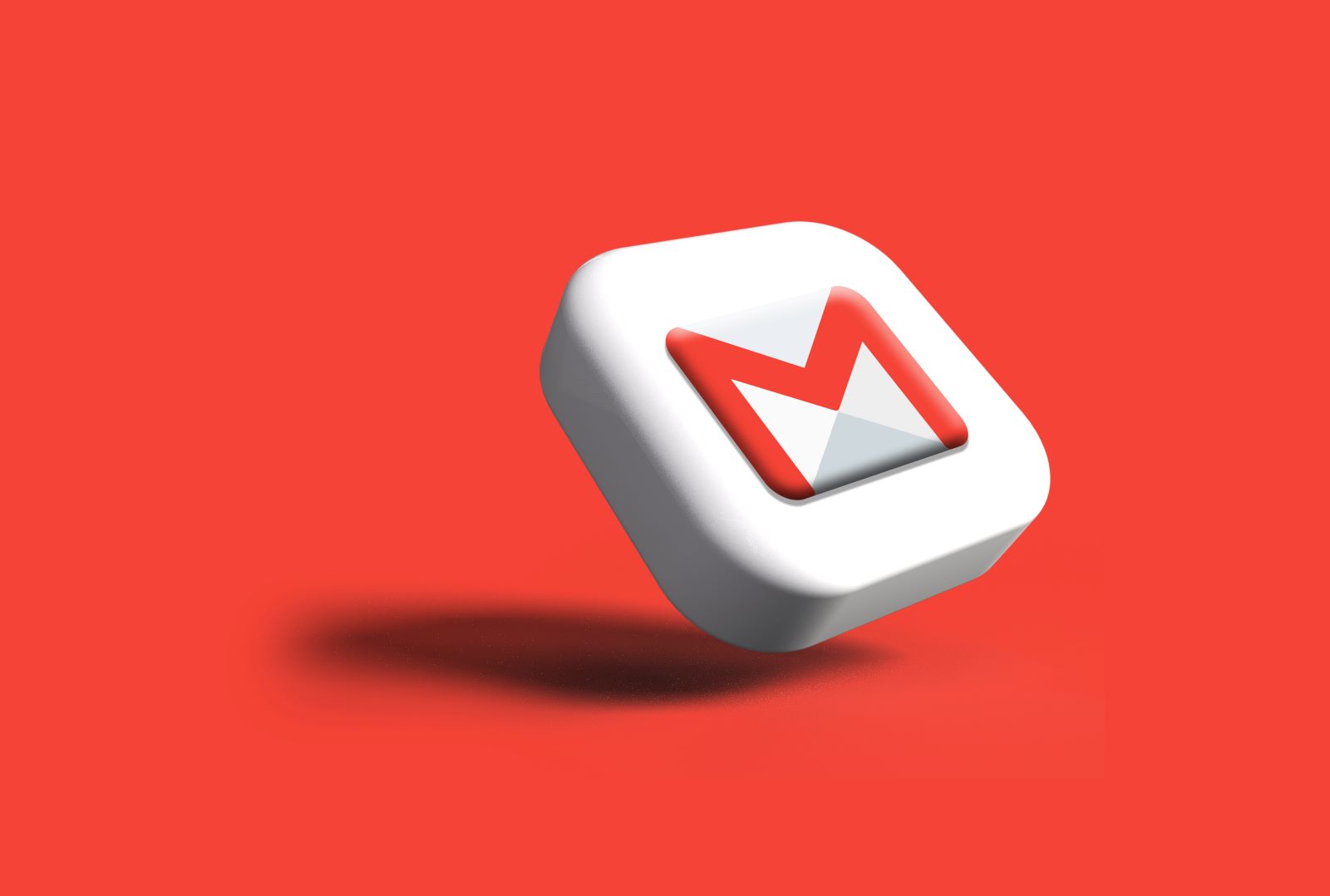
Navigating New DMARC Authentication Rules Google and Yahoo have set strict authentication rules for DMARC, know what that means for you Get a Quote Download Datasheet Email Security > DMARC Navigating New DMARC Authentication Rules for High-Volume Senders Unpack the latest DMARC email authentication requirements set by Gmail and Yahoo for high-volume email senders, exceeding 5,000 daily emails. Discover steps for compliance and best practices for email security. By Cian Fitzpatrick | 7th November, 2023 Understanding Managed Email Security The Evolution of Email Security Standards DMARC is in the news once again. Google recently declared a significant change, setting new requirements to be enforced from February 2024. The new requirements are aimed at entities dispatching over 5,000 emails per day to Gmail accounts. Yahoo! then followed suit with an announcement of their own requiring email authentication. These two announcements signal an industry-wide shift towards stricter email authentication and management practices. This article will chiefly examine Gmail’s stipulations, as Yahoo!’s changes mirror this new industry benchmark. Previously, email authentication was advised as a best practice to protect sender domains and prevent misuse within the email ecosystem. With Gmail’s update, these recommendations have now transitioned into mandatory requirements. With 1.2 billion users situated across the globe, Gmail is the most popular, and the biggest, email provider in the world. And with this new announcement, there is no doubt that the largest email provider in the world is taking a more stringent approach to email security. Key Components and the Importance of DMARC Records DMARC: Not Just Recommended, But Essential A critical change is the mandatory publication of a Domain-based Message Authentication, Reporting, and Conformance (DMARC) record for those meeting Gmail’s specified email volume. It’s important to note that while the DMARC record must be published, it does not necessarily need to be set to the enforcement level (p=reject or p=quarantine) initially. This indicates Gmail’s understanding of the complexities involved in implementing DMARC at a large scale, acknowledging the risk of inadvertently blocking legitimate senders. The implementation of DMARC, despite its complexities, remains a best practice for combating domain spoofing and other abuses. It’s a key strategy in maintaining a secure domain and a trustworthy email environment. Try our 7 day free DMARC trial now Sign Up Now Detailed Look at the Newly Enforced Requirements Mandatory Steps for Compliance For effective compliance with these new standards, high-volume senders should focus on several key areas: Implement Sender Policy Framework (SPF) and DomainKeys Identified Mail (DKIM) for email authentication. Establish a DMARC policy for your sending domain. Tools like Valimail can aid in this setup, guiding senders towards achieving enforcement level. Align the domain in the sender’s “From” header with either the SPF or DKIM domain. Validate sending domains or IPs with accurate forward and reverse DNS (PTR) records. Facilitate one-click unsubscribe features in subscribed messages, ensuring the unsubscribe link is easily noticeable. This method is a proactive step in reducing spam complaints and enhancing recipient trust. Keep spam rates reported in Google Postmaster Tools below 0.3%. Format email messages according to the Internet Message Format standard (RFC 5322). These new requirements redefine what was once an aspirational goal into a necessary standard for high-volume email senders. Google and Yahoo!’s initiatives are driving the industry towards heightened security measures. Although these changes might introduce some initial challenges, they pave the way towards a more secure and effective email communication framework in the long run. As you navigate the complexities of DMARC email authentication rules, especially for high-volume senders, gaining a comprehensive understanding of DMARC becomes crucial. To deepen your knowledge and ensure full compliance, we strongly recommend reading our detailed guide: “What is DMARC?” This guide provides essential insights and actionable steps for effective DMARC implementation, which is not just recommended but essential. Understanding these details will help you comply with the new standards effectively. Contact us to help with your email authentication requirements. With more than 20,000 customers, we protect 2 million + email inboxes a day. And we’d be delighted to protect yours too! Learn how you can be DMARC compliant Contact Us
Who Uses DMARC?

Who Uses DMARC? Know which organisations use DMARC and why it is important to have the right DMARC policy set Get a Quote Download Datasheet Email Security > DMARC Who Uses DMARC? When it comes to email communication, trust is key. And let’s face it; email has become an essential tool for individuals, businesses, and organisations. With the rise in email attacks and spoofing, strong protection is more important than ever. Many organisations have turned to Domain Message Authentication Reporting and Conformance, also known as (DMARC). But who uses DMARC? It’s a question that many people still wonder about. Well, the answer is simple – anyone who wants to protect their email domain from being used for malicious purposes. By Cian Fitzpatrick | 16 September, 2023 What is DMARC? Domain-based Message Authentication, Reporting & Conformance (DMARC) is a widely used advanced email authentication protocol that helps organisations to protect from malicious activities such as phishing, smishing and email fraud. DMARC collaborates with two other important authentication methods, SPF (Sender Policy Network) and DKIM (DomainKeys Identified Mail), designed to secure your emails against misuse and forgery. Explore our comprehensive guide on DMARC, which covers all the essential information about DMARC that you need to know. “SPF (Sender Policy Framework) enables domain owners to specify which servers can send emails on their behalf. Meanwhile, DKIM (DomainKeys Identified Mail) provides an encryption key and digital signature that verifies that an email message was not faked or altered.” Why is DMARC Important? DMARC provides a robust framework and the flexibility to specify how email recipients should treat unauthenticated emails that proclaim to be from your domain. DMARC is necessary to combat email fraud, safeguard individuals and organisations from email scams, and promote brand reputation. It also helps create a secure environment for you and your stakeholders. Get Your Policy=Reject Contact Topsec today Get Quote Who Uses DMARC? Whether you’re a small business owner, a non-profit organisation, or a large corporation, DMARC is mandatory for your email security. It safeguards your email and ensures your recipients know your messages come from a trusted source. Listed below are some of many who can reap its strong protection: Email Service Providers (ESPs) Email service providers can fully use DMARC to enhance their email infrastructure security. It ensures that customers receive only authenticated email messages. Many email service providers, such as Gmail, Microsoft (Outlook), Yahoo Mail, and Apple (iCloud mail), have already leveraged DMARC. Government Agencies It is a must for government bodies to implement DMARC to handle sensitive and critical information through email. Be it at local, regional, or national levels, implementing DMARC helps them fight against phishing attempts and secure their communication channels. Financial Institutions Financial industries are vulnerable to a cyber threat that aims to steal sensitive data. DMARC plays a crucial role in assisting banks, credit unions and other financial institutions to safeguard their customers. Healthcare Organisations Many healthcare providers are transitioning their operations online. They deal with patients’ sensitive data through emails, and DMARC helps secure this communication to ensure patient privacy. Educational Institutions Schools, colleges and universities regularly communicate through email. DMARC adds an essential layer of defence. It stops attackers from impersonating employees or students with fake email addresses. Technology Companies The technology sector is a prime target for cyber threats. DMARC is an essential tool for software companies, tech startups, and IT service providers to maintain their email security and build trust with their clients. Non-Profit Organisations Email is a crucial channel for raising funds and reaching out to donors, partners, and supporters of non-profit organisations. Unfortunately, cybercriminals take this as an opportunity to exploit the parties involved. Imposing DMARC strengthens NPOs’ defence and credibility by protecting donors’ personal information and preventing donation loss due to email scams. Businesses and Corporations Companies of all sizes heavily rely on email for internal or external communications. Deploying DMARC protects the sensitive information shared through email, such as financial data, trade secrets and strategic plans. Additionally, it provides a layer of trust in its customers by ensuring that emails sent from the organisation’s domain are legitimate and verified. E-commerce Companies E-commerce deals with fragile consumer data and conducts transactions through email every day. They need to ensure proper email security. DMARC protects customers from fraudulent emails and phishing attacks. Individuals Individuals often use email for various purposes, including financial transactions, such as online purchases, invoice payments, and banking communications. DMARC ensures that emails from financial institutions are legitimate and prevents fraudulent attempts to steal personal and financial information. Contact Us to implement your DMARC Policy Call Us Now Examples of Global Organisations using DMARC Several prominent global organisations have adopted DMARC to bolster their email security and protect their email domains from phishing and fraud. Brands and organisations who have efficiently implemented DMARC, DKIM, and SPF include: Apple (apple.com) Dell Computers (dell.com) Amazon (amazon.com) Walmart (walmart.com) Uber (uber.com) WhatsApp (whatsapp.com) PayPal (paypal.com) Facebook (facebook.com) Twitter (twitter.com) Instagram (instagram.com) Costco (costco.com) TOPSEC for DMARC Protection In the ever-evolving landscape of email threats, businesses must stay one step ahead and take proactive measures to protect their communication channels. It’s never too late to take steps to secure your email communications. With precise threat detection, a comprehensive security solution and a fully managed approach, Topsec provides exceptional email security services for businesses and organisations. Protect your email defences with Topsec DMARC Protection to guarantee the authenticity and integrity of your email communications. Request a quote today. Conclusion DMARC’s strong protection and easy implementation are a no-brainer for anyone who takes email security services seriously. Safeguarding email communication and maintaining customer trust are top priorities for any organisation. DMARC plays a crucial role in the fight against email-related cybersecurity threats, providing a proactive approach that helps organisations comply with data privacy regulations, such as GDPR (General Data Protection Regulation). Implementing DMARC protects email data from unauthorised access, enabling organisations to uphold the confidentiality and security of their client’s information. FAQ’s Is DMARC only for email? DMARC
How Does DMARC Work?

How Does DMARC Work? Learn the technical specification of DMARC and how a DMARC policy works Get a Quote Download Datasheet Email Security > DMARC How Does DMARC Work? Email communication is a crucial aspect of daily operations when you run an organisation. You and your team exchange emails daily, which may contain sensitive information that could be compromised by various risks. Therefore, the security of your email communication becomes crucial. By Cian Fitzpatrick | 3 August, 2023 Taking the necessary measures to safeguard your email communication will help protect your organisation’s valuable data and maintain your stakeholders’ trust. Hence, DMARC services (Domain-based Message Authentication, Reporting, and Conformance) play a powerful solution to enhance your organisation’s email security. What is DMARC in email? DMARC stands for Domain-based Message Authentication Reporting & Conformance, a security protocol used to authenticate an email. It protects domain owners from spam, phishing, and other email scams that can happen through email. It combines two essential components such as SPF (Sender Policy Framework) and DKIM (Domain Keys Identified Mail), that provide a framework to verify the authenticity of incoming email messages. Take a look at our comprehensive DMARC guide to get all the necessary information. What Are SPF, DNS and DKIM? Through SPF (Sender Policy Framework), you can specify which IP addresses can send emails from your domain. When an email is received, the receiving email server checks the SPF record to verify if the sender’s IP address is authorised to send emails for that particular domain. If the email fails the SPF check, it is considered potentially fraudulent. “DNS (Domain Name System) acts as a phonebook for the internet. When you type a domain name like “example.com” into your web browser, the DNS system translates that domain name into the corresponding IP address (such as 192.0.2.1) that identifies the server where the website is hosted. “ DKIM (Domain Keys Identified Mail) is an email authentication method that adds an extra layer of security by digitally signing outgoing emails with a private key and attaching the signature to the email headers. The recipient’s server then uses the public key published in the DNS to verify the authenticity and integrity of the email. This ensures that the message originated from the authorised domain. However, SPF and DKIM alone cannot fully protect against email fraud. This is where DMARC plays an important role. It builds upon SPF and DKIM to provide a comprehensive framework for email authentication and policy enforcement. Get Your Policy=Reject Contact Topsec today Get Quote The Link Between DMARC, SPF, and DKIM in Email Authentication DMARC, SPF, and DKIM work together to authenticate emails and prevent fraudulent activities. SPF helps verify the sender’s IP address. DKIM verifies the integrity and authenticity of the email, and DMARC allows domain owners to set policies and receive reports on email authentication. Together, these protocols prevent email fraud, phishing, and spoofing attacks, providing more secure email communication. Technical Specifications of DMARC DMARC is a flexible protocol that domain owners can customise based on their needs. The technical specifications of DMARC are as follows: DMARC Record A DMARC record is a simple text file that stores a domain’s DMARC policy. It instructs email receivers on what actions to take when an email fails DMARC authentication and where to send reports. The DMARC record includes various parameters, such as the chosen DMARC policy, which determines how emails that fail DMARC validation are handled. Policy Modes DMARC allows domain owners to specify different policy modes if an email fails the SPF or DKIM process. There are three different policy modes, such as “None,” “Quarantine,” and “Reject.” Alignment Two alignment checks known as SPF Alignment and DKIM Alignment ensure the “From” header domains match the authenticated domains used in SPF and DKIM. Reporting DMARC sends reports to domain owners known as “Aggregate Reports” and “Failure Reports”. These reports provide SPM and DKIM statistics, alignment results, sending sources, and more. Subdomain Policy DMARC allows domain owners to specify separate policies for subdomains to enable control over email authentication for different subdomains. DMARC Tag-Value Syntax DMARC uses a specific syntax to provide instructions or information. The common tags used in DMARC records include “v” for protocol version, “p” for policy, “rua” for aggregate report addresses, “ruf” for failure report addresses, and “sp” for subdomain policies. Contact Us to implement your DMARC Policy Call Us Now How Does DMARC Work? DMARC offers domain owners and organisations a framework to specify how email receivers should handle unauthenticated emails that claim to come from their domain. It helps to ensure the safety and security of email communication. Here’s a step-by-step explanation of how DMARC works: Setting up DMARC Record: The domain owners add DMARC records to the DNS zone file. The record includes the DMARC policy for the domain and provides instructions to email receivers on handling incoming emails from that domain. Incoming Email: When receiving an email, the server checks whether the DMARC record is in the sender’s domain DNS. SPF and DKIM Checks: The recipient’s email server then performs SPF and DKIM checks for the email’s authenticity. SPF validates the sender’s IP address, while DKIM verifies the digital signature associated with the email. DMARC Alignment: Once the SPF and DKIM checks are completed, DMARC checks if the “From” header domain matches the domain authorised in the SPF and DKIM checks. The DMARC alignment ensures the email is sent from an authorised sender and hasn’t been spoofed. DMARC Policy Evaluation: The recipient’s email server evaluates the SPF and DKIM results based on the specified DMARC policy. There are three types of DMARC policies: None Policy (“p=none”): In the None policy, no specific action is taken on unauthenticated emails. However, reports are still generated and sent to the domain owner for monitoring. Quarantine Policy (“p=quarantine”): Under Quarantine policy, an email that fails authentication is considered suspicious and placed in the recipient’s spam or quarantine folder. Reject Policy (“p=reject”): When the Reject policy is specified, all
